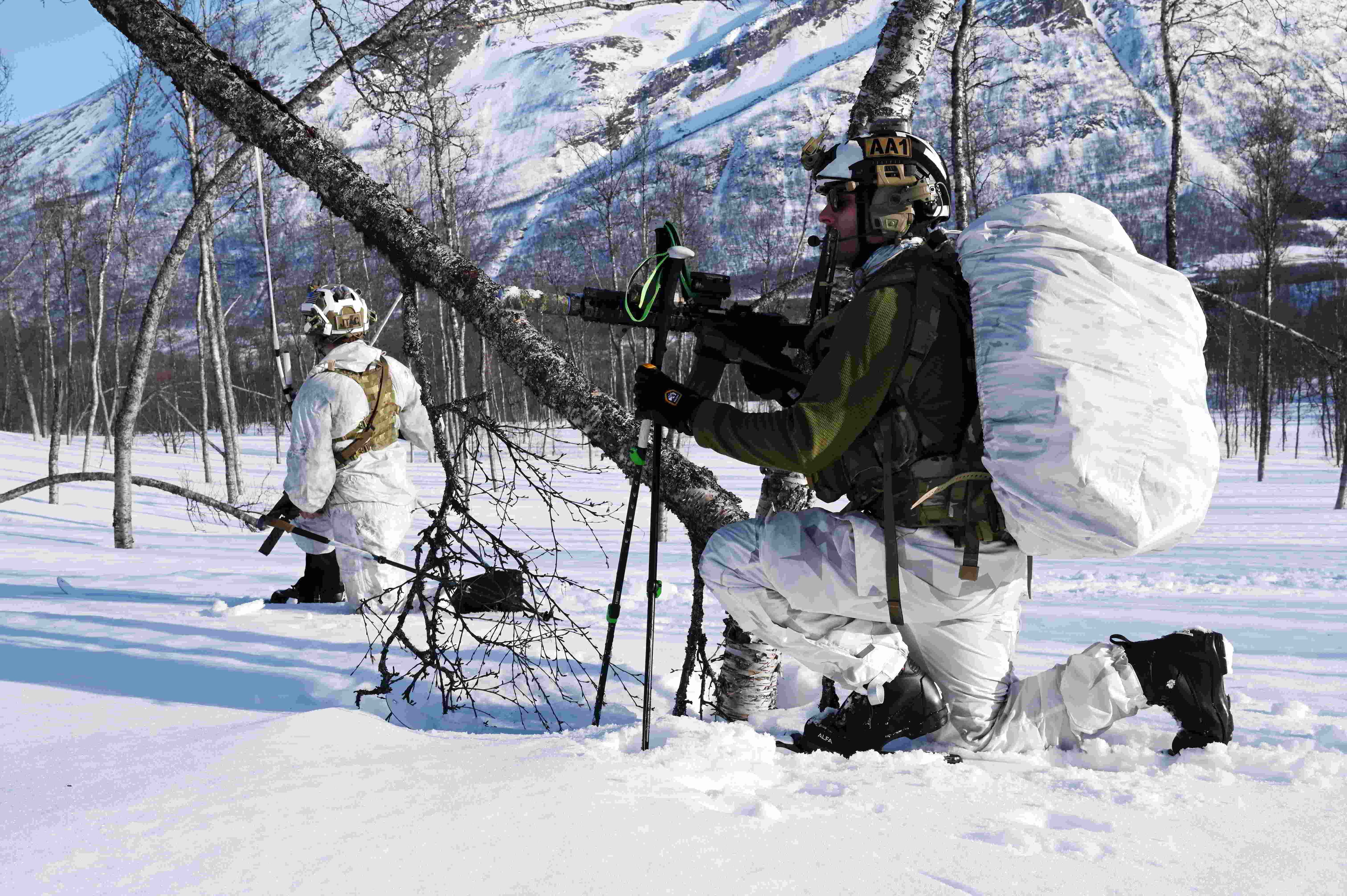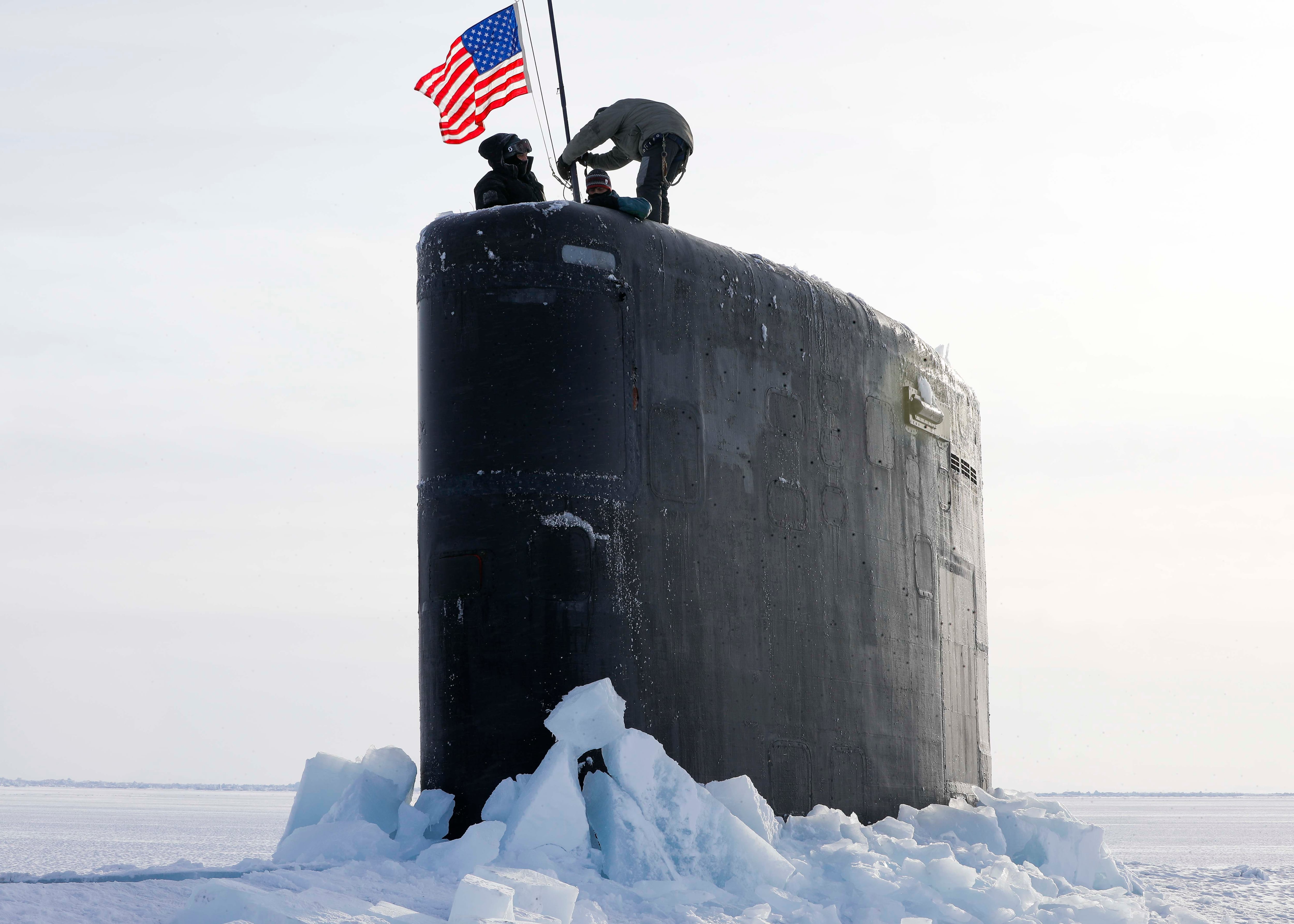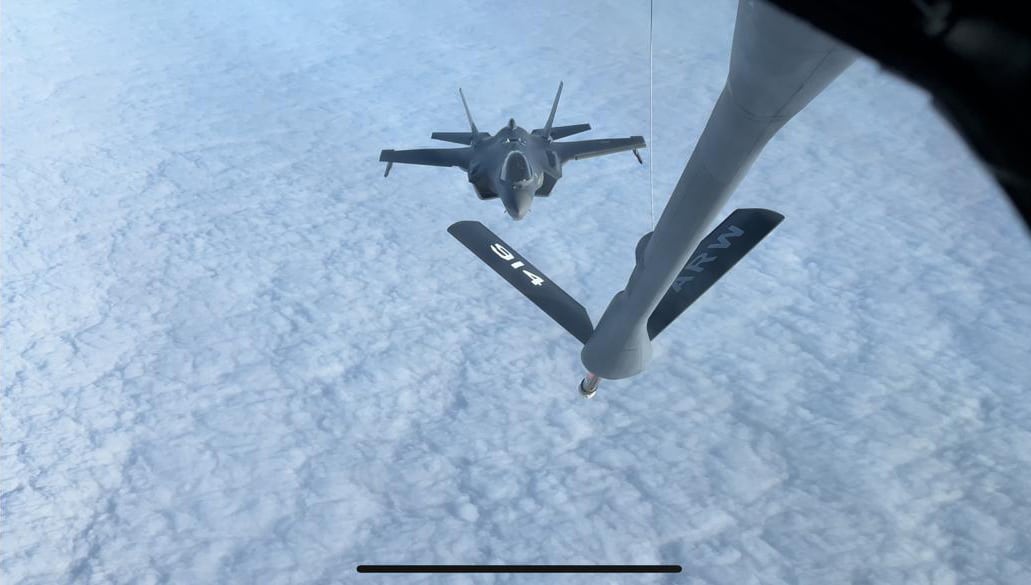The U.S. military is staging at least three major exercises north of the Arctic Circle this month, even as the Defense Department seeks to define what its Arctic presence should be and the technology it needs to make it happen.
The Pentagon will release an updated DoD Arctic Strategy this spring to help answer these questions, Deputy Assistant Secretary of Defense for Arctic and Global Resilience Iris Ferguson told Defense News.
Not only do all the services have their own operational requirements and acquisition needs related to Arctic operations, but five combatant commands — U.S. Northern Command, European Command, Indo-Pacific Command, Transportation Command and Strategic Command — also have separate interests and priorities above the Arctic Circle.
The Arctic and Global Resilience Office, established in September 2022, is meant to be a home and a clearinghouse for these issues, Ferguson said in a Feb. 21 interview. One of the office’s first tasks was to understand which requirements overlap and which are distinct, and then to start to prioritize them.
An Arctic Campaign Team, led by O-5 and O-6 officers but also looping in top service leadership, resulted from this requirements integration process.
The DoD Arctic Strategy, which could be released by the end of April, will highlight how the Arctic has changed in the last five years, both in terms of climate change and its impact as well as Russia and China increasingly acting alone and together to destabilize the region.
A “ways and means” section, Ferguson said, will for the first time try to unpack all the services’ and combatant commands’ acquisition needs so industry can begin to understand where they can help out.
Each service’s needs will look a bit different: the Army’s 11th Airborne Division in Alaska needs additional cold-weather gear to operate in the Pacific side of the Arctic; the Air Force and Space Force are focused on homeland defense missions across the northern border; the Navy conducts submarine and anti-submarine patrols in European Arctic waters but is seeking ways to increase its surface ships’ ability to operate there.
What’s common, though, is the need for greater domain awareness and communications.
Ferguson said DoD and industry can help define what communications they need and what architectures are best suited for that difficult high-latitude environment — be it satellite communications, high frequency communications, ground-based communications or something else. They can also tackle what intelligence, surveillance and reconnaissance is needed to understand the full threat picture, from missiles coming across the top of the world to submarines lurking under the ice towards American shores.
Ferguson said the bottom line is that the U.S. military needs the ability to monitor and respond to any threat from the north, and that means having the ability to detect.

Once the strategy is released, and with it a prioritized list of acquisition and research needs, she said she intends to attend all the big trade shows this year to talk to industry about opportunities to tackle these challenges.
Ferguson said the strategy would highlight three main points: enhancing U.S. capabilities with a focus on domain awareness; engaging with allies and partners not only for collective operations but also collaborative capability development; and “calibrated presence” in the Arctic to create a deterrent effect.
These priorities nicely match what U.S. Fleet Forces Command wants for the Navy’s Arctic efforts: maintain an enhanced presence, strengthen cooperative partnerships, and build a more capable Arctic maritime force.
After giving a speech on the Artic at an American Society of Naval Engineers’ Arctic and Antarctic operations conference on March 6, Fleet Forces commander Adm. Daryl Caudle told reporters the Navy would need to take a look at its access, basing and overflight across the Arctic. He said the U.S. relies heavily on its European allies and partners for this, but the Navy needs to consider if it needs additional facilities to operate out of the Aleutian islands, for example, or how it may leverage a deep water port that’s coming to Nome, Alaska.
Caudle said the key is to be able to monitor the Arctic, conduct replenishment operations to sustain forces operating there, and have some sort of personnel recovery capability.
Today, the bulk of U.S. Navy Arctic presence comes from the submarine fleet that operates under the ice, and the P-8A Poseidon maritime patrol and anti-submarine warfare plane that flies above.
As such, he said, Naval Submarine Forces is the type commander with Arctic responsibilities, the undersea warfare directorate on the chief of naval operations’ staff (OPNAV N97) is the primary resource sponsor for Arctic operations, and the Undersea Warfare Development Center is in charge of Arctic doctrine.
“Is that correct? Does that get after the total picture? No, it does not,” Caudle told reporters, noting these efforts didn’t account for aircraft carriers, surface ships or amphibious ships with Marines operating in the region and what their needs were.

He suggested the Navy might need to consider standing up an Arctic office to work across communities, to ensure the Navy is investing in the full breadth of requirements to support Arctic presence.
Asked what that presence should look like from the surface ship community, the admiral said “nothing demonstrates presence better than a surface ship.”
Though the presence of U.S. submarines does deter adversaries’ military behavior, Caudle acknowledged surface ships flying the American flag sends a clearer signal.
Going forward, he said he’d like to see some portion of every deploying carrier strike group spend at least a little time north of the Arctic Circle.
“Zero [presence] is definitely not right, but I think a continuous presence is probably not right either,” he said. “I think the right amount is that amount necessary to build our strategic messaging campaign that we’re not going to cede the Arctic to anyone. We’re going to keep it free and open for the flow of commerce, we’re going to protect people’s [exclusive economic zones], and we’re going to have the capability to be in those waters at our timing and tempo.”
Megan Eckstein is the naval warfare reporter at Defense News. She has covered military news since 2009, with a focus on U.S. Navy and Marine Corps operations, acquisition programs and budgets. She has reported from four geographic fleets and is happiest when she’s filing stories from a ship. Megan is a University of Maryland alumna.








